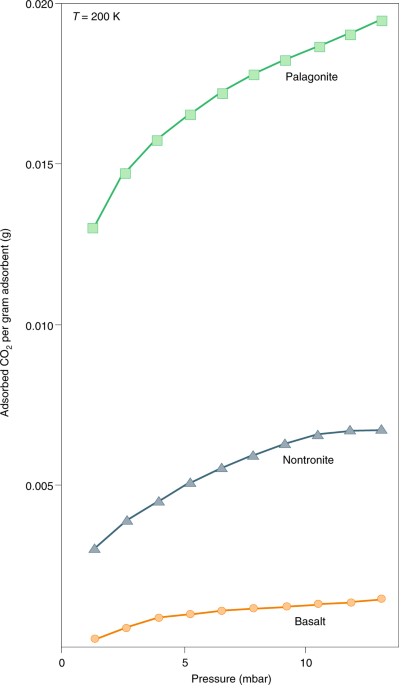Some of the claims made here are wrong, and while that does not matter for the quest, I am going to set them right in the name of scientific accuracy.
1) The Magnetosphere and atmosphere stripping. While it is true that Mars does not have a magnetosphere, this concern is greatly overstated. The process of atmospheric stripping occurs relatively swiftly only by geological timescales, as it happened over a time period of 500 million years (and during a period when the sun was more active than it is now). In the present day, and on a human timescales, it is irrelevant. The effort needed to counter the stripping effect is orders of magnitude smaller than the effort needed to terraform in the first place. If you can do the latter, you can do the former. On top of that, you have to consider that terraforming Venus isn't a trivial thing either. Venus has an atmospheric pressure of 90 atm, which means you need to get rid of rougly 89 atmospheres.
Edit : It should also be noted here that Venus does not have a magnetosphere either. What it has is an induced magnetosphere created by the interaction of the solar wind with it's own very thick atmosphere. If you remove that 89 atmosphere from before, you get the exact same radiation and atmosphere loss issues you would face on Mars, except more intense because Venus is located closer to the Sun (the loss is however mitigated a bit by Venus's much greater gravity).
Edit 2: And just for completeness sake. Titan too does not have natural magnetosphere.
2) Mars is easier to reach than Venus. The math on this is undeniable. Venus is considerably more massive than Mars, at 0.815 times the mass of Earth vs 0.107 times the mass of Earth for mars. This corresponds with a much deeper gravity well, and the little bit of altitude you win with an aerostat does not change the equation in the slightest. On top of that, there's also the orbital location. Venus is located much deeper in the solar system, which is a problem when you're bringing in supplies from the outer edges of the solar system, such as the Belt, Titan and Ganymede. There's some limited situations were Venus is slightly cheaper (direct, one way supply from Earth to Venus with lots of aerobraking) but the difference is practically neglible.
Now again, I'm perfectly fine with you declaring the other conclusions as quest canon. But it should be emphasized that they are not correct.
